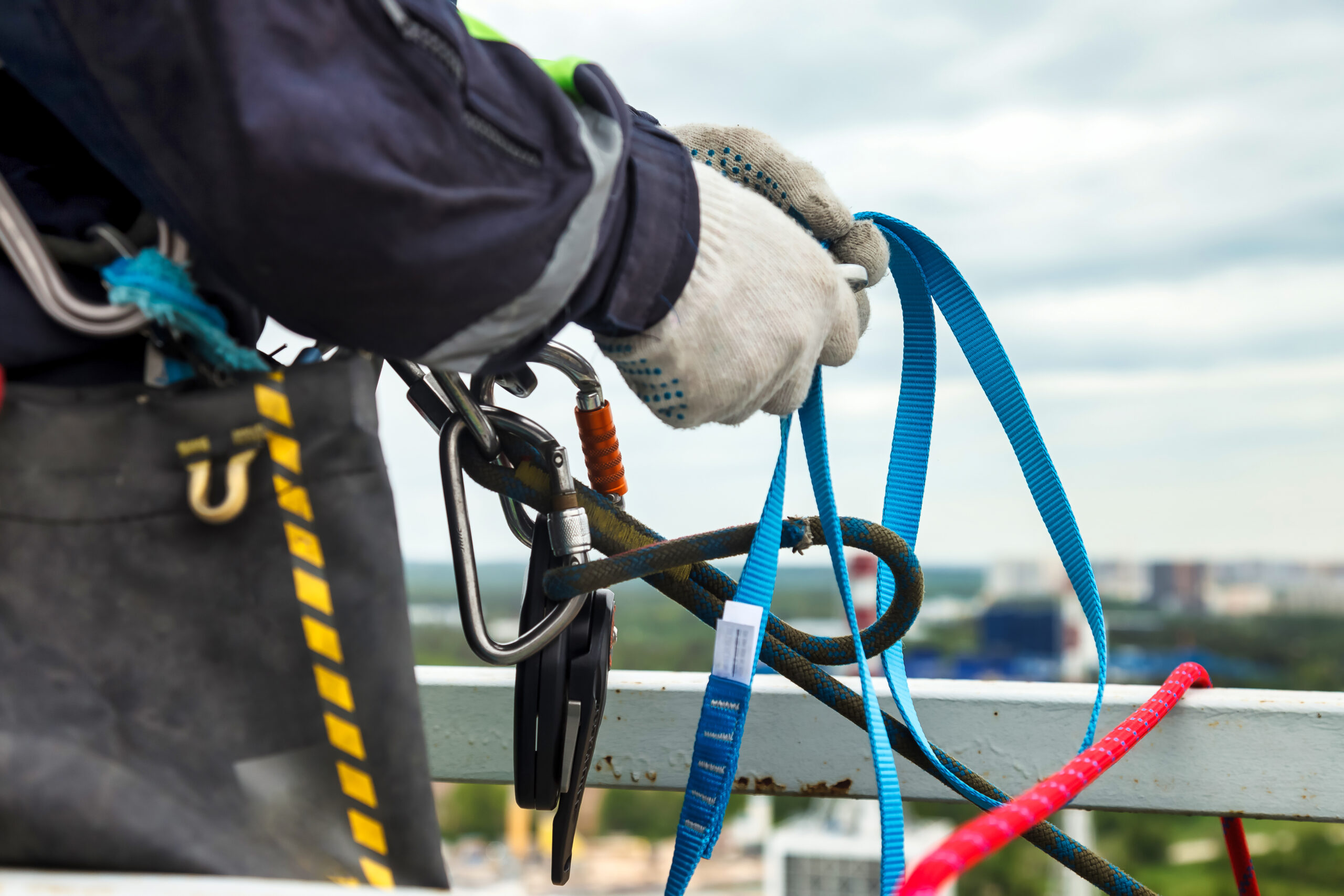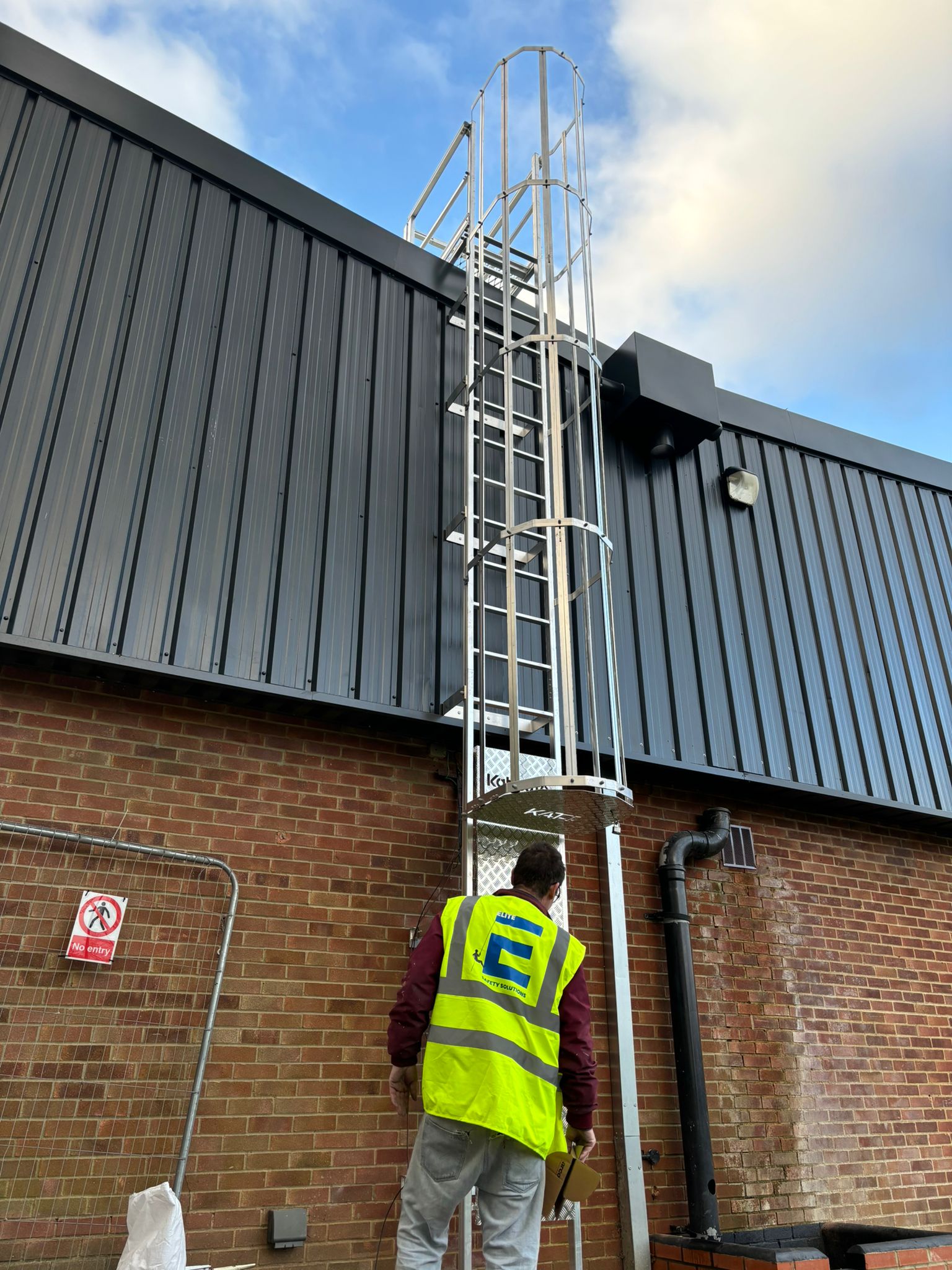Fall Protection in Construction: A Safety Resource for Every Job Site
Falls remain one of the leading causes of serious injuries on construction sites. Whether working on roofs, scaffolding, or ladders, crews face daily risks that can be reduced with the right gear and planning. Fall protection in construction isn’t just a checklist item, it’s a set of tools and habits that keep workers safe and projects on track. From harnesses to guardrails, every site needs a clear plan backed by proper equipment and training. This article breaks down what works, what’s required by law, and how to put safety into action without slowing down the job.
Understanding the Importance of Fall Protection
Falls continue to cause a high number of injuries and deaths on construction sites. Workers often face hazards such as unprotected edges, unstable surfaces, and elevated platforms. Without proper systems in place, these risks can lead to serious outcomes. Employers must take steps to limit exposure by setting up controls that prevent or reduce the chance of falling.
Using fall protection in construction is not optional, it is required by law. Occupational safety authorities set clear standards for when and how fall safety equipment must be used. These rules apply when workers operate at heights above six feet, near holes in walking surfaces, or around dangerous machinery. Meeting these rules helps companies avoid penalties while also protecting their teams from harm.
Construction tasks often involve climbing ladders, working on scaffolds, or moving along rooftops. Each of these situations requires a different type of fall control system. Guardrails provide a barrier between workers and open edges. Personal arrest gear stops falls mid-air before contact with lower levels occurs. Safety nets catch individuals who slip off raised areas during jobs like framing or roofing.
Training also plays a key role in preventing accidents related to height exposure. Workers need instruction on how to use harnesses correctly and inspect them for damage before every shift begins. They should also know how to recognise unsafe conditions so they can report them early.
Jobsite leaders must review all active zones daily for new dangers caused by weather changes or shifting materials. Regular checks help identify weak spots where added protection may be needed right away.
Ignoring fall prevention exposes workers to physical harm and puts businesses at financial risk due to fines or lost labor time after an incident occurs. Following safety plans built around reliable equipment and training reduces both short-term danger and long-term costs connected with workplace injuries from falls.

Key Components of Effective Fall Protection Systems
Each type of fall protection system serves a specific purpose on construction sites. Choosing the right one depends on the task, location, and level of risk. Guardrails often serve as the first line of defense. These barriers prevent workers from reaching dangerous edges. They require no special training to use and help reduce exposure to hazards by creating a physical boundary.
Safety nets offer another layer of security. These systems catch workers who may fall from heights during tasks performed above ground level. Nets must be installed correctly and checked regularly for wear or damage. They need enough clearance below so they can absorb impact without hitting surfaces underneath.
Personal fall arrest systems (PFAS) come into play when guardrails or nets aren’t practical. A PFAS includes a full-body harness, anchor point, and connector such as a lanyard or lifeline. The anchor must support the expected load, while connectors should limit how far someone can drop before stopping safely.
It’s important to match gear with job conditions. Roofers may rely more on harnesses tied off to secure anchors, while framers might benefit from temporary guardrail setups around open floors or stairwells. Workers near holes or skylights also need cover systems that meet strength standards to prevent accidental steps through weak spots.
Training plays a major role in using any system correctly. Even well-placed equipment fails if not used properly or inspected routinely for defects. Teams should know how each part functions and when substitutions aren’t safe.
Understanding fall protection in construction means knowing not just what tools exist but also when each one applies best. This helps avoid misuse that could increase danger rather than reduce it.
By combining multiple controls, like fixed barriers along with personal gear, job sites improve their ability to stop falls before they happen or reduce harm if they occur despite planning efforts.
Training Workers on Fall Safety Protocols
Every job site must have a clear process for teaching workers how to stay safe while working at heights. Proper instruction helps team members spot dangers, handle gear the right way, and stick to safety steps that can keep them from getting hurt. Without this kind of preparation, even simple tasks can lead to serious harm.
Training should start before any worker steps onto a ladder, scaffold, or rooftop. Crew members need to know what counts as a fall hazard and how to react if one is present. This includes learning where guardrails should go, when harnesses must be used, and how anchor points support the system. These lessons don’t just cover rules, they show people how those rules apply in real situations.
Hands-on sessions help workers get used to using their equipment. They learn how to inspect harnesses for damage and test lanyards before use. Instructors walk them through proper setup and storage techniques so that tools stay in good shape over time. Everyone needs practice putting on gear correctly so it fits well and works as designed.
Supervisors play a key role during this process by reinforcing lessons daily. Quick refreshers at the start of each shift help keep safety top-of-mind. Posters or checklists near entry areas can remind staff about critical steps like securing lifelines or checking tie-off points.
Ongoing training keeps up with changes in tools or rules on-site. It also helps new hires catch up fast without missing anything important. Scheduled updates make sure all crew members follow current standards across every task they take on.
A strong training program builds habits that last beyond orientation day. It creates a shared understanding among everyone on-site about what is expected when working at height. When done right, training becomes one of the most effective parts of fall protection especially in construction programs, cutting down risks before problems happen at all.

Why Fall Protection in Construction Is Non-Negotiable
Construction jobs often involve working at height. Roof edges, scaffolding, ladders, and open floors all present risks. Without the right safety systems, workers face real danger every day. That’s why fall protection is not just a guideline, it’s a requirement.
Federal rules make it clear. Employers must provide systems that stop or prevent falls when workers operate six feet or more above ground level. This rule exists for one reason: falls remain one of the top causes of injury and death on job sites. When companies ignore these rules, they put lives at risk and face serious penalties.
Using proper equipment like guardrails, harnesses, anchors, and safety nets helps reduce those risks. These tools do not just meet legal standards, they help crews do their tasks with fewer disruptions caused by accidents or inspections. Projects also move faster when teams know they can rely on secure setups.
Besides meeting regulations, protecting workers sends a message about values on site. Safe practices show that management respects its crew and takes responsibility seriously. When leaders enforce fall prevention steps consistently, others follow that example.
Training plays a key role too. Workers need to know how to use gear correctly, how to inspect it before each shift and what steps to take if something fails or breaks down mid-task.
Even short-term projects require strong protections in place from day one because falls can happen fast without warning. Skipping them, even for an hour can lead to outcomes no team wants to face.
Companies that invest time in planning fall safety early avoid problems later on, both human and legal ones and build stronger job site habits across the board.
Prioritising Safety Means Prioritising Lives
As job sites grow more complex and fast-paced, the need for proactive safety measures becomes even more critical. Fall protection in construction isn’t just a regulatory requirement, it’s a life-saving necessity. By understanding its importance, implementing reliable systems, and ensuring workers receive thorough training, companies can drastically reduce the risk of workplace injuries and fatalities. A well-executed fall protection strategy not only safeguards workers but also enhances productivity and compliance. Every contractor, site manager, and crew member has a role to play in creating a culture where safety is non-negotiable and fall prevention starts with that commitment.
